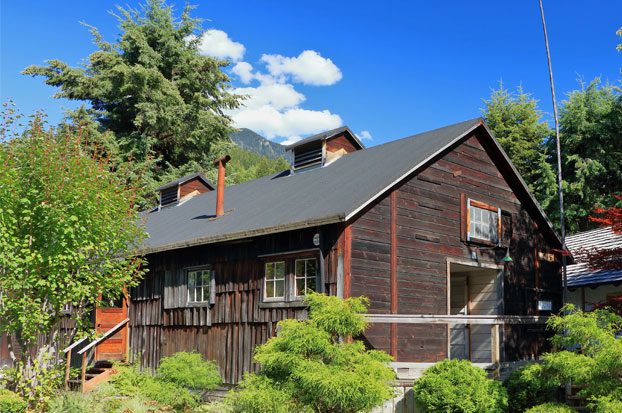The New Denver area is filled with just so many exciting outdoor things to do from downhill skiing, cross-country, biking, sailing, fishing, hiking, exploring, special festivals to attend and much more. It is an oddity that one of the main attractions just outside the town itself is much more somber in its appeal and deals with a subject that is much less frivolous, uplifting or fun.
Just as in the United States, the period after the bombing of Pearl Harbor between 1942 to the mid fifties ushered in an era of distrust and disharmony between the Canadian government and its former Japanese population. These people, referred to as ‘Nikkei”, which is the Japanese word meaning people of Japanese heritage who were living as citizens abroad in foreign countries, were rounded up and placed into interment camps throughout Canada.
Many of these Canadian citizens were forced to give up their homes and livelihoods while they were interned in camps and were not permitted to leave. It is estimated that about 22,000 Nikkei were imprisoned in this manner throughout Canada. One of the camps which still stands in part today can be found at the Nikkei Internment Memorial Center just on the outskirts of the town of New Denver. In the year 2007 this regrettable period of Canadian history was memorialized as the Nikkei Internment Memorial Center National Historic Site of Canada. In reflection, the Canadian government felt that they had done a disservice to many of its honorable citizens and wished to pay tribute in some meaningful way to the plight of the Nikkei in a spirit of never letting it occur again.
Today, you can visit this National Historic Site and view the camp much as it stood during those years and be able identify with the lives of those Canadian/Japanese people of the day. Fortunately, the location for the camp was along the shores of Lake Slocun on a beautiful portion of ground that was formerly used for growing vegetables. Though austere and regimented as you would assume such a camp would be, the true beauty of these hostages of history bled through in beautiful outcroppings of their culture which pointed to the true nature of those interred there.
Many of the original buildings at the camp have been restored and you can view the simple conditions these unfortunates were forced to endure. You will be able to see many of the artifacts and photographs dating back to those times and as if to set a finer theme of the heritage of those peoples, in the 1990’s the famous garden architect Roy Tomomichi Sumi created the Heiwa Teien Garden. This garden weaves it way throughout the area and allows for a deeper level of reflection and contemplation during your visit.
You could easily spend 2 hours here and the cost of entry is very little. Though striking a different chord than the lighter activities found in the area on the lakes and in the mountains, this site holds within it a unique look into a darker time and beckons us not to forget and give appreciation to what we all hold so dear. This is a worthwhile visit.







